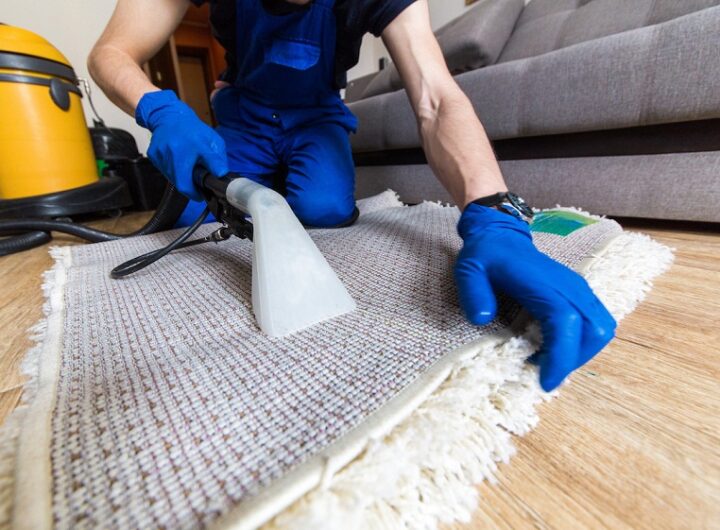
To turn on and off a luminous electrical circuit, there are not 36,000 solutions. Indeed, we generally have two types of controls: the single switch and the two-way switch. The first system makes it possible to turn a light point on and off with a single switch, the second is made up of two switches placed on either side of the same room. Today, let’s focus on the toggle switch.
What is a back-and-forth in electricity?
The two-way switch is often used in large rooms for its practicality. It can also be placed in hallways and stairs. Indeed, it allows to be able to turn off and turn on the light of different points , electrically connected. So, concretely, this switch will be useful for you to have control over one or more lights from different places in your home.
The back-and-forth mechanism
The two-way switch is a mechanism of the type: maintained contact . It enables an electrical circuit to be activated by pressing the switch, which will remain in this position, until another action on this switch or on the second connected to it intervenes to turn off the light. In addition, the two-way switch consists of 3 electrical contacts materialized by round terminals. When one of the two switches is pressed, one of the contacts moves from the top to go down. As a result, the contact is always maintained, which allows current to flow. Let there be light !
How to make a back and forth in electricity?
Installing a two-way switch is a small electrical job within the reach of any amateur handyman. However, if you are not very comfortable with DIY, it would be better to call a professional electrician. If you chose to get started, follow the next steps!
The two methods and the tools needed
There are two ways to install a two-way switch:For the external method, the conductors are usually installed in a molding. If this is not the case, the electrical conduits will be sealed in a wall. Here are the tools needed for this wiring:Two flush-mounting boxes one post with a depth of 40 mm;
First of all, be sure to cut off the power supply to your home to avoid taking any risks. Then, it is preferable to use recesses 40 mm deep and work at about 1m20 from the ground. Then, 2 comings and goings connected by two shuttles will be perfect in order to open or close the circuit.
Connect the first switch
Make sure that a red power supply wire perfectly joins your recessed box and that two other orange wires leave it. This to power the second switch.
The orange shuttle wires should now be on the “1” and “2” terminals. Then mount the switch in the flush-mounted box and secure with screws. Next, attach the first switch cover plate.
Connect the second switch
For this second switch, the orange shuttles must arrive inside the flush-mounting box and a purple wire should leave there in order to power the bulb. Then, make sure that the current return to the electrical panel is via a blue neutral wire. Finally, for the cable, repeat the previous operation by connecting the purple phase wire to the famous “L” terminal.
Test your installation
Once the wiring steps have been completed, restore power through your general circuit breaker and test the switches. To do this, flip a recently installed toggle switch and if the bulb lights up, test at the other switch which should turn it off.
What cable for a back and forth?
The most commonly used electrical wire for a two-way type electrical installation is surely the H70V-U wire . To give more details, it is a wire with a rigid copper core surrounded by insulation. The main advantage with a section of 1.5mm2 is the flexibility provided by this wire.
Why is back and forth not working?
In any case, it is often easy to detect the source of the switch failure. However, the electrical problem can also be deeper than the reasons listed above. Therefore, it is essential to initiate investigations of the entire installation ( see the calathea ). Call an electrician in this case.

 Is Your Home Electrically Future-Proof? Here’s How to Tell
Is Your Home Electrically Future-Proof? Here’s How to Tell  How Often Should You Vacuum Your Carpet?
How Often Should You Vacuum Your Carpet?  Myths about Pest Control Services in Clermont: You Need the Experts!
Myths about Pest Control Services in Clermont: You Need the Experts!  A Log Cabin State of Mind
A Log Cabin State of Mind  Financing Your Dream Home: An Introduction to Construction Loans
Financing Your Dream Home: An Introduction to Construction Loans